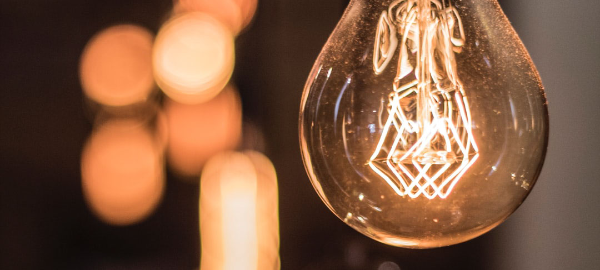
Choosing the appropriate light fixtures for home, property, or construction projects is a primary concern for most people. If you are in a similar situation, you already know that there are two primary concerns that you must factor. The light fixtures should be energy efficient but not too expensive upfront.
Most energy-efficient lighting products are designed with this trade-off in mind. Cheap fixtures tend to be less energy efficient than their more expensive counterparts. Regardless of the size or nature of your project, sorting out a list of lighting options can be a time-consuming and mind-numbing process.
You need to keep in mind that there are three main varieties of interior lighting products based on different illumination modes of operation: fluorescent tubes, high-intensity discharge (HUD) lambs, and light-emitting diodes (LEDs). While any lighting store attendant can present a list of factors to be considered, here are some issues that go beyond the cost-efficiency debate.
Heat Load
Every lighting fixture produces some heat during use. HIDs, which are usually found in industrial facilities, are the worst offenders because they can raise the surrounding heat up to 350 degrees. On the other hand, fluorescent lamps produce about 150 degrees with LED lights being the coolest at about 100 degrees. According to the U.S. Department of Energy, LED lighting could save the country about 50% of all its energy costs in the future.
Depending on your settings, heat can be a significant issue to consider. Internal heat load can make it difficult or impossible to have offices within industrial facilities. If you make a mistake of buying lighting fixtures that dissipate much heat, you might find yourself buying expensive cooling refrigerants to maintain operations.
On the other hand, metal halide lamps are excellent for interior lighting in buildings located in cold climates. The heat may make it more comfortable to work, improving the overall productivity. A modern lighting store will stock up on different lighting fixtures.
Maintenance
The ease and frequency of maintenance should be a top concern whenever you are buying a lighting fixture.
Installations that rarely break down demand less manpower and equipment to keep running efficiently. If the purchase is meant for a large facility, this consideration is even more critical. You may discover that fixing over 300 fluorescent lamps is a full-time job for the maintenance crew.
If the main concern is the ease of maintenance, it is best to obtain LED fixtures. These lighting products are quite expensive. However, their lighting mechanism is rated at 100,000 to 150,000 hours. Comparatively, metal halide bulbs have the poorest rating at about 15,000 hours.
For industrial settings, try to strike a balance between energy savings and maintenance costs. Home lighting may not be so demanding in terms of maintenance since you only have a few lights. You might get a more realistic estimate of the amount you need to spend upfront in a lighting store.
Productivity
It is difficult to express productivity in dollars, especially when there are so many factors to consider. Generally, a poorly lit environment will lead to faulty workmanship and make the employees dreary. According to the Illuminating Society, most industrial applications need about 20 to 50-foot candles for optimum work.
Metal halide lighting fixtures lose about 50% of their brightness within two years. On the other hand, LEDs will only dim up to 70% after 17 years. You need to think about the project you are working on when making the final purchase decision? Do you expect the facility to be around in a few months, years, or decades?
Summing It Up
Lighting is one of the most important aspects of modern productivity. Choosing the right fixtures in a lighting store is a critical decision whether you are making home replacements or working on a construction project. You need to think about the level of productivity, maintenance needed, and the heat load of the fixture.
Premier Lighting offers a huge selection of lighting solutions and guides its clients in making the best lighting decisions. You can learn more about different fixtures for indoor and outdoor lighting by calling us today.

